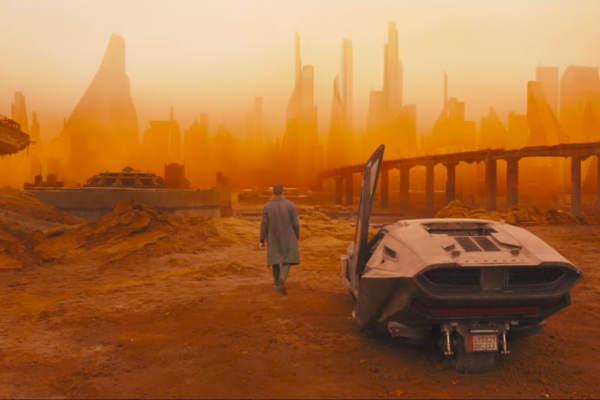Oct 5, 2017
Nearly all of the characters K encounters (human and replicant alike) are white. This is in stark contrast to the globalized aesthetic of the city, carried over from the original movie. It could be argued that in a world where a white man like Leto’s Niander Wallace is the one person creating a sizable chunk of the population, it’s not surprising that the creations themselves lack diversity. However, the reality for the film’s casting decisions is likely less about artistic interpretation, and more just plain laziness.
Read the Full Article

Already a subscriber? Login
